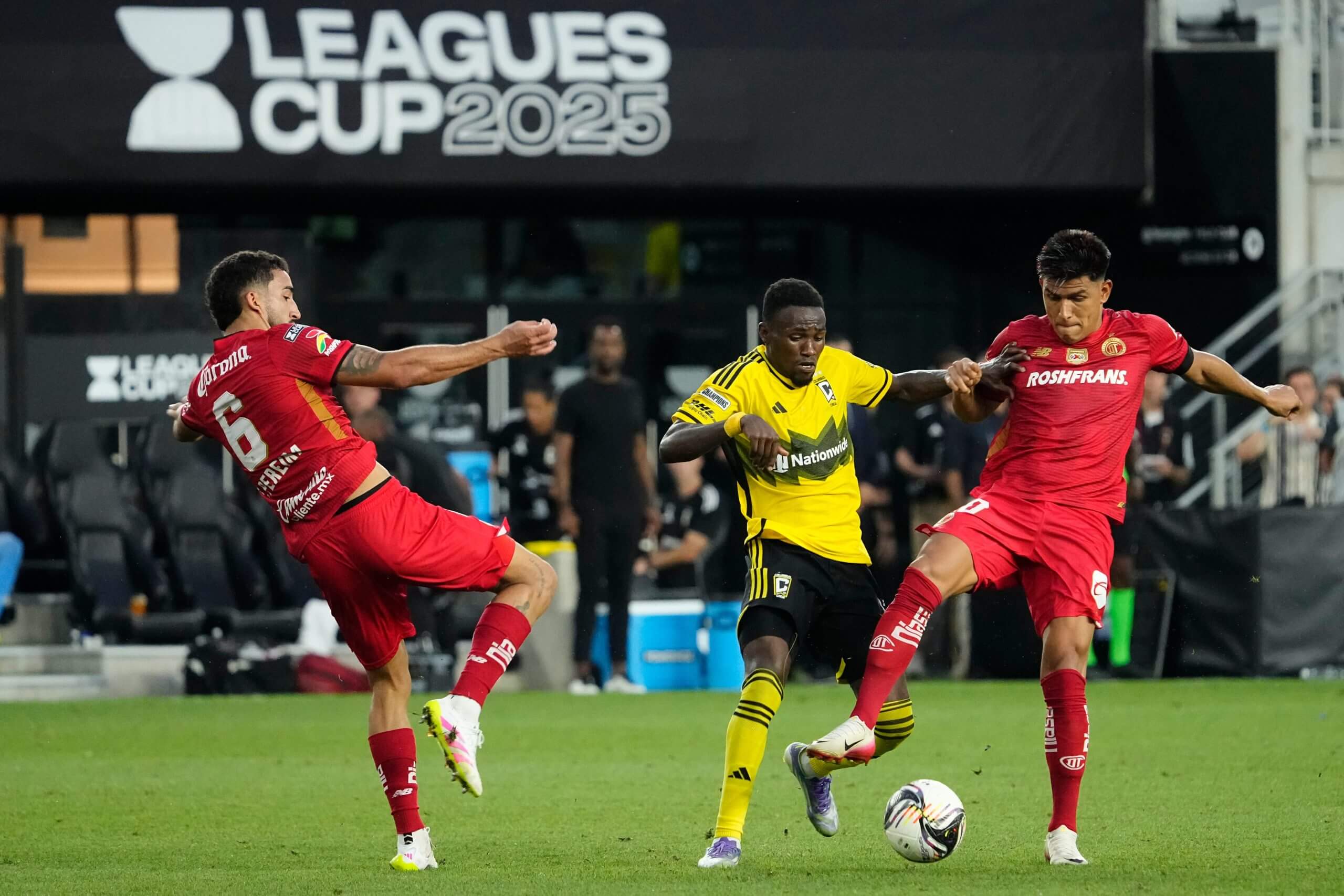The global soccer landscape finds itself at a pivotal juncture, experiencing an unprecedented level of tournament saturation. With major competitions like the FIFA Club World Cup expanding and a 48-team men’s World Cup on the horizon, the question arises: where does the Leagues Cup, a key North American Football venture, strategically position itself within this increasingly crowded ecosystem?
The Leagues Cup, an annual inter-league tournament featuring MLS and Liga MX clubs, recently unveiled significant format adjustments for its third edition. Now encompassing 36 teams, equally split between MLS and Liga MX sides, the initial phase mandates direct MLS vs. Liga MX matchups, with tied games proceeding immediately to penalties to inject urgency into every contest.
Despite the heightened competition, the core objective for participating clubs remains clear: securing one of the top three berths in the 2026 Concacaf Champions Cup. This pathway is crucial, as the Concacaf Champions Cup serves as a direct route to the next expanded FIFA Club World Cup, offering significant competitive and financial incentives for North American Football.
However, the burgeoning number of competitions raises valid concerns about both fan and player bandwidth. Consumers in the United States have been consistently exposed to the narrative of the MLS vs. Liga MX rivalry, a dynamic that has intensified over the past five years, even prompting discussions of a potential future merger between the two dominant North American football leagues.
A critical challenge for the Leagues Cup is to authentically replicate the compelling atmosphere of significant inter-league clashes, such as the Concacaf Champions Cup final, without succumbing to redundancy in the eyes of the consumer. Achieving this resonance and proving its relevance amidst the pervasive Soccer Saturation is paramount for its long-term success.
Diving deeper into the new format reveals potential complexities regarding team progression. Early losses, whether in regulation or via penalty shootouts, can severely diminish a team’s advancement prospects, potentially turning later group stage matches into little more than friendly encounters for many clubs. While the Leagues Cup ensures leagues do not take a full hiatus, this competitive dynamic is closely watched.
Coaches, while appreciating the tactical opportunities and competitive tests the Leagues Cup provides against top North American tacticians, often view the tournament differently than sporting directors. The inherent competitive drive of professional athletes can indeed make the Leagues Cup a valuable experience, even amidst concerns of schedule congestion.
For clubs like Inter Miami, the ultimate prize this year remains the MLS Cup. How star players such as Lionel Messi, Luis Suárez, Jordi Alba, and Sergio Busquets are managed through a demanding summer schedule, already including the Club World Cup, will heavily influence their team’s approach to the Leagues Cup and their perception of its importance as a path to a Champions Cup berth.
Ultimately, the Leagues Cup stands at a crossroads. In an ever-saturated ecosystem where multiple significant soccer tournaments vie for attention, its ability to distinguish itself and deliver consistent value will determine whether it flourishes as a foundational event for North American Football or gradually fades into the background as just another ancillary competition amidst widespread Soccer Saturation.






Leave a Reply